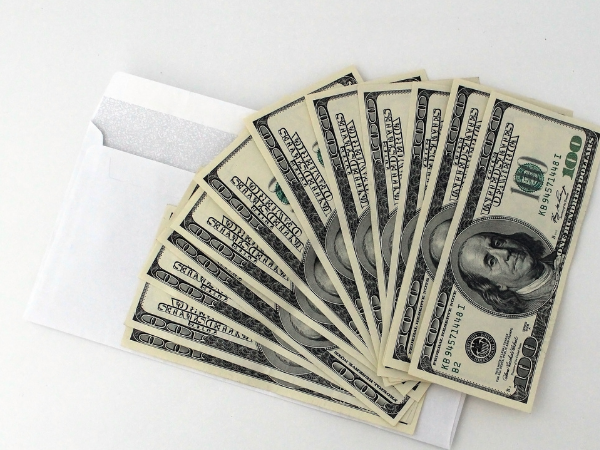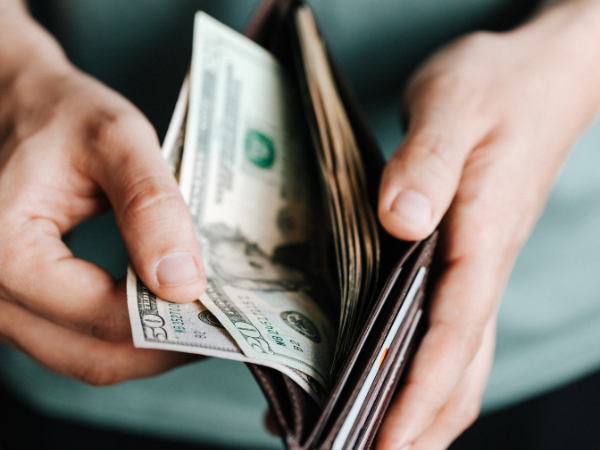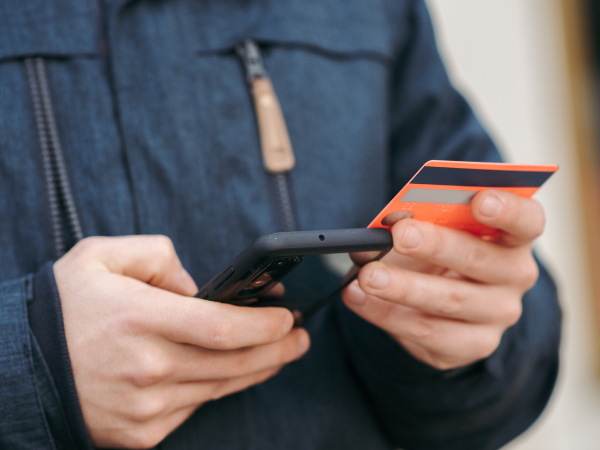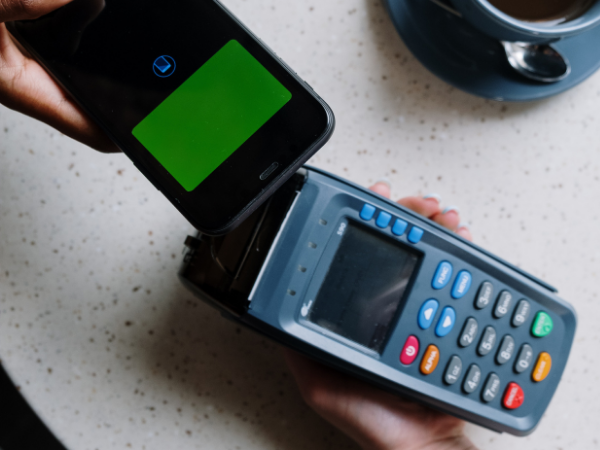How does a money order work?
You might have used a check before, but not a money order. It allows people to send small amounts of money safely. What’s more, money orders have numerous uses that can help you in various ways.
We will start by talking about how a money order works. Then, we’ll go through the many ways you could use it. More importantly, we’ll explain how you could get one and avoid money order scams.
Money orders have numerous uses that could help your daily life. Learning about such options lets, you do more with your money. For example, you may want to allow it as a payment method if you have a business.
What is a money order?

It’s a paper payment method that works like personal checks. People could cash it out at a financial institution. But, unlike check cashing, a money order doesn’t bounce.
You buy a money order by paying the amount you want to send plus fees. As a result, you guarantee that it will have funds. You could buy one using the following:
- Cash
- Debit card
- Credit card
- Savings account
What’s more, you can only send a limited amount of money. For example, the United States Postal Service (USPS) allows a maximum of $1,000 per order.
If you want to send large amounts in one order, you could use cashier’s checks instead. However, you could buy several of them to cover big expenses.
However, you may encounter additional requirements for buying multiple orders in a day. For example, you may have to complete a special form or get a government-issued photo ID.
When should I use a money order?
As previously mentioned, it can be used in various ways. That’s why you should know about this form of payment. Here are some of its uses:
- It could be an additional payment option – If you don’t have a checking account, it could help cover large expenses.
- It may be a safer alternative to cash – You may feel uncomfortable carrying huge amounts of cash to buy an expensive item. Using one makes sure only the seller can cash out. That’s why it could be more secure than cash.
- Money orders make sending money safer – Mailing a personal check could allow other people to see your bank account number. Meanwhile, they don’t have this sensitive information. So it can’t be stolen like regular money.
- It could help you send money to foreign countries – The USPS allows you to send money to certain countries. However, you’ll have to pay a $10.50 issuing fee and a processing fee based on country.
- You could use it to pay bills – It leaves a paper trail for your payment. This helps in case you have issues with the payment.
- You could buy cryptocurrency – Yes, even money orders are getting into cryptos. In addition, sites like Paxful allow people to buy bitcoin using numerous payment methods.
How do I buy a money order?
You could buy one at certain establishments. Expect different fees depending on the location. Here are some of the places where you could purchase a money order:
- Banks
- Credit unions
- Money stores
- U.S. Postal Service (USPS)
- Post offices
- Convenience stores
- Grocery stores
Once you reach your preferred issuer, you’ll have to fill out a form. Here are the steps to filling them out. Note that it may have slight changes depending on the location:
- Write the recipient’s name – This could either be a person or a business. It will be the only one that could cash out the order.
- Fill in your address in the purchaser section – Place your name in this area. Sometimes, you may have to put your full name too.
- If you’re paying a bill, include the account number – The form should have a portion for this information. The field is usually named “payment for/account number.”
- Sign the “purchaser’s signature” part at the bottom – Your signature makes the order official, so it’s highly important. Don’t sign the back because that part is for the recipient.
- Keep the receipt – It’s proof of the payment. Keep it safe somewhere. It can help you in case of problems later.
How do I avoid money order scams?
Unfortunately, people could use this form of payment to cheat people. Scammers use them for various schemes. Here are some of the typical money order scams:
- Bogus buyer – The scammer sends a fake order to buy your merchandise. By the time you send the goods, you’ll discover that the payment failed.
- Bogus buyer’s remorse – A person sends a bogus order to pay for something. Before you could ship the goods, they would send an email about a financial emergency. Then, they’ll tell you to immediately send the money order to keep a part of the purchase price.
- Overpayment ploy – This is also known as an “excess” scam. The scammer sends a fake money order that’s more than the price of an item. Then, they ask the seller to return the amount they overpaid.
- Deposit assistance – The fraudster will tell you they have no bank account. Then, they’ll give an excuse as to why they can’t open one. That’s why they need a “kind stranger” like you to deposit funds on their behalf. Watch out as you might get involved in the scammer’s money laundering scheme.
Final thoughts
Having several options help you manage personal finance. For example, money orders provide numerous ways to send and receive funds. This could help pay debts or get payments.
However, these prepaid checks may become a thing of the past. Cryptocurrencies allow people to send and receive funds much more safely and easily.
You may use a money order to purchase bitcoin and other cryptocurrencies. Afterward, you may set them aside like savings. But, eventually, they’ll be far more useful.
Various private and public institutions are adopting cryptos. So it’s best to have some now. Aside from money orders, you could buy some from online cryptocurrency exchanges.
Learn more about money orders
How do I purchase a money order?
You could buy a money order from a bank, a credit union, or the USPS. What’s more, they’re available in your local grocery stores and convenience stores.
Who will cash a money order?
It will depend on the recipient stated on the order. It could be a person or a company. Nobody else may cash out the money order.
Can I write a money order to myself?
You may issue a money order for yourself. Follow the regular steps in buying one. Just place your name as both the purchaser and the recipient.
Disclaimer: This article is the author’s personal opinion, which may differ from the “official” statements or facts. All writers’ opinions are their own and do not constitute financial advice in any way whatsoever. Nothing published by Inquirer.net constitutes an investment recommendation, nor should any data or content published by Inquirer.net be relied upon for any investment or financial activities.
Usa.inquirer.net strongly recommends that you perform your own independent research and/or speak with a qualified investment professional before making any financial decisions.
Sponsored Advertising Content:
Advertorial or Sponsorship User published Content does not represent the views of the Company or any individual associated with the Company, and we do not control this Content. In no event shall you represent or suggest, directly or indirectly, the Company's endorsement of user published Content.
The company does not vouch for the accuracy or credibility of any user published Content on our Website and does not take any responsibility or assume any liability for any actions you may take as a result of reading user published Content on our Website.
Through your use of the Website and Services, you may be exposed to Content that you may find offensive, objectionable, harmful, inaccurate, or deceptive.
By using our Website, you assume all associated risks.This Website contains hyperlinks to other websites controlled by third parties. These links are provided solely as a convenience to you and do not imply endorsement by the Company of, or any affiliation with, or endorsement by, the owner of the linked website.
Company is not responsible for the contents or use of any linked website, or any consequence of making the link.
This content is provided by New Start Advantage LLC through a licensed media partnership with Inquirer.net. Inquirer.net does not endorse or verify partner content. All information is for educational purposes only and does not constitute financial advice. Offers and terms may change without notice.




